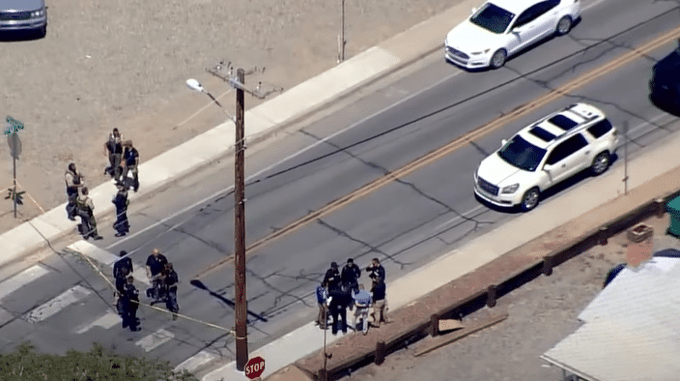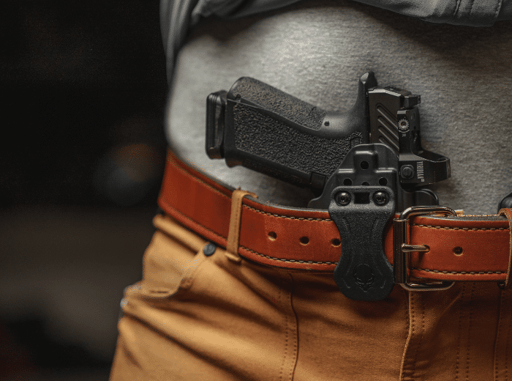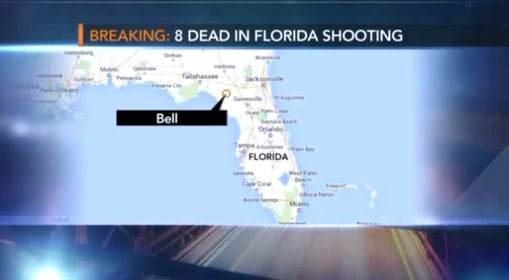One of the most persistent types of gun control legislation is restricting carrying capacity, which is about as common as universal background check laws. In both cases, eight U.S. states and the District of Columbia have a law banning high capacity magazines and requiring a background check for the sale of any firearm.
It isn’t the same eight states in case you’re curious; Delaware, Oregon, Rhode Island and Washington state have universal background check laws but no magazine capacity restrictions, whereas Hawaii, Maryland, Massachusetts and New Jersey restrict magazine capacity but don’t mandate all gun sales involve a background check. However, California (naturally), Colorado, Connecticut and New York have both.
The exact nature of the restriction varies by state (Hawaii, for instance only restricts handgun capacity) but the ostensible motivation remains the same. The idea, of course, is that by limiting the number of rounds a person can carry in either a long gun or handgun the fewer people can or will be harmed.
Just as with all other gun control legislation, the effect is only a hindrance to law-abiding citizens. If criminals are motivated enough, they’ll find a way to get high-capacity magazines; the San Bernadino shooters proved that was the case.
Furthermore, does a restriction on carrying capacity actually hinder a determined mass shooter?
It doesn’t. In some of the worst of the mass shootings, the perpetrator carried hundreds of rounds of ammunition. In the case of Charles Whitman, he ascended the tower of UT Austin with more than 700 rounds for the various guns he carried and only one of the four long guns he used was semi-automatic. Many of the rounds he fired were actually from a Remington 700 bolt-action rifle.
History of Mass Shootings
In the 1984 San Ysidro McDonald’s massacre, shooter James Huberty likewise had hundreds of rounds on hand, and fired more than 200 of them.
Seung-Hui Cho, the Virginia Tech shooter, had 19 total magazines on his person and almost 400 rounds of ammunition; he had both full-capacity magazines (15 rounds, as he used a Glock 19) and limited capacity magazines (10-round) on his person.
In none of the above cases was more frequent pauses for reloading a factor in how many people died, nor how these maniacs were finally subdued; Whitman was pinned down by police and civilians returning fire until officers on-scene were able to storm his position and shoot him. Cho committed suicide and Huberty was killed by a police sniper. Ammunition capacity of the firearm or the magazine was simply not a factor, or at least not enough of one to make a difference.
Say what one will about other forms of gun control legislation, but the truth remains that restricting carrying capacity is not now nor ever will be a viable way to curtail a psychopath bent on senseless slaughter.
Armed citizens, however, are. Lest we forget – armed citizens began shooting back at Whitman. His rate of fire slowed, which helped allow police to get close enough to stop him.
If interested in learning more about ammunition capacity check out our guide on: Ammunition Capacity for a Concealed Carry Gun
ABOUT THE AUTHOR
Sam Hoober is a contributing editor at Alien Gear Holsters and Bigfoot Gun Belts. He also contributes regularly to Ammoland, Daily Caller and USA Carry.









![[WARNING: GRAPHIC] Security Guard Loses Fight When One Attacker Turns Into Multiple Attackers](https://imagedelivery.net/sbm_lYeJbALkepJgtmRD5w/concealednation.org/2019/03/ScreenHunter_2122-Mar.-22-17.49.jpg/w=728,h=381)


![[VIDEO] Andrew Blows Up A Stormtrooper With A Big Gun In Celebration Of Star Wars](https://imagedelivery.net/sbm_lYeJbALkepJgtmRD5w/concealednation.org/2015/12/ScreenHunter_167-Dec.-17-14.27.jpg/w=728,h=381)

